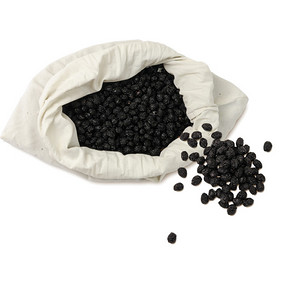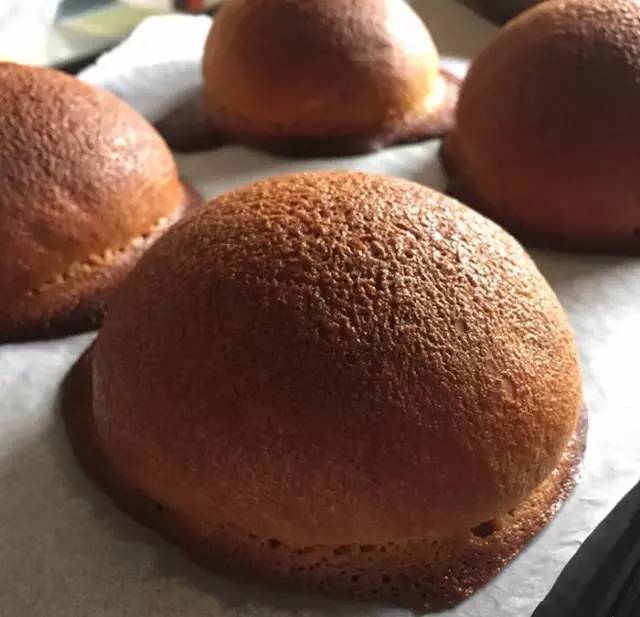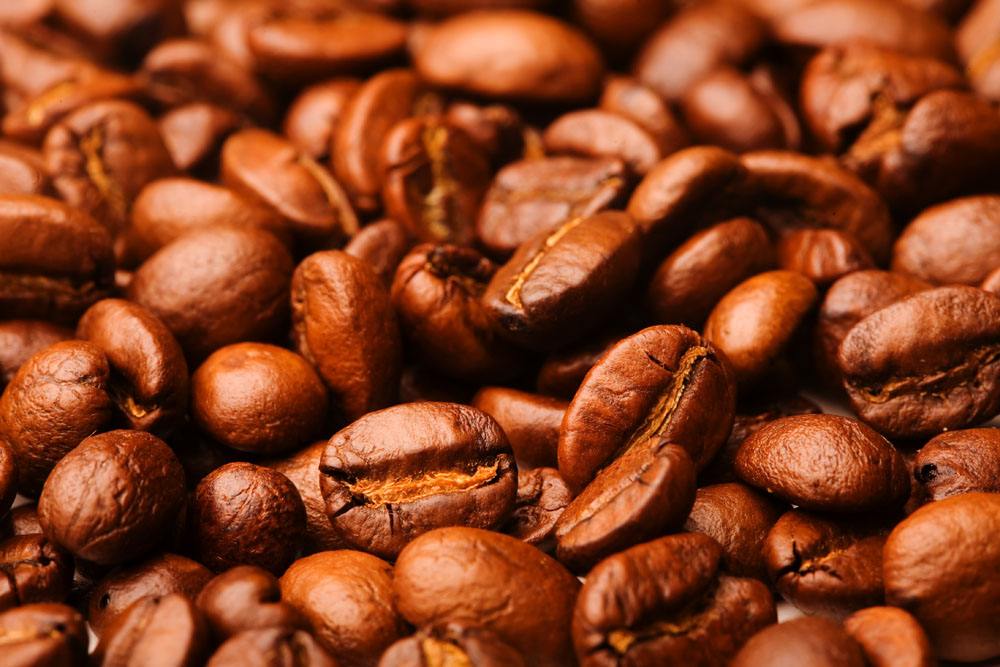Introduction to Mexican coffee culture. How about Mexican coffee?
Follow the caf é (Wechat official account vdailycom) and found that Beautiful Cafe opened a small shop of its own.
Mexico, located in the south of North America, is the bridge between North and South America. It is the "hometown of corn" and the core of the once brilliant "Mayan civilization". Mexico has modern developed industry and agriculture, and it has a long history of producing coffee. At present, it is one of the most important coffee producing countries in the world. The coffee produced in Mexico is naturally called "Mexican coffee". Today, 7 Coffee will introduce Mexico's unique coffee culture.
About 5 ℃ of Mexico's national area are plateaus and mountains, and the annual average temperature is 25 Muth27. The Mexican plateau has a mild climate all the year round, with mostly plateau topography, no severe cold in winter, no heat in summer, and evergreen trees in four seasons, so it enjoys the laudatory name of "Pearl of the Plateau". Due to geographical and climatic reasons, the coffee growing area in Mexico is close to Guatemala, and the main producing areas are Cora Begu and Aluca states. Most of the products are washed beans produced in the highlands, with a good aromatic and sour taste.
The selection of Mexican coffee is generally carried out manually. The main basis for selection is according to the fullness of coffee particles, whether it is uniform, and then grade it. Generally speaking, coffee with full and uniform grains is easier to preserve. Only the fullest and most evenly grained coffee beans can be roasted to represent the best and best coffee in the country.

After the workers picked the coffee beans, they spread the coffee beans in a special house with ventilation on all sides. About a week later, the coffee beans were packed in loosely packed bags so that the wind could blow through the bags. After about seven weeks, the coffee beans changed color and taste. Finally, these coffee beans are selected manually, and the coffee beans of high quality are selected and officially bagged for preservation.
Aldura coffee beans are the top coffee beans in Mexico. This coffee beans have large granules and have strong sweet, sour and good aroma.
Mexicans are optimistic and enthusiastic, and it can also be seen from their coffee that the mellow Mexican coffee is not only loved by the native people, but also praised by many coffee connoisseurs. There are many ways to taste Mexican coffee, mainly divided into alcoholic and non-alcoholic practices.
Non-alcoholic Mexican coffee often goes with milk. Heat a cup of milk, a teaspoon of cinnamon powder and a teaspoon of vanilla powder in a pot at medium temperature, not too hot, and do not boil the milk. Then add the cocoa powder, fully dissolve and stir well. If you like chocolate, you can use chocolate paste instead of cocoa powder and milk. Let the milk dry for about 5 minutes, wait until the milk is slightly cool, then pour the prepared coffee into the coffee cup, decorate the coffee surface with cold cream, then decorate with a piece of cinnamon, and the Mexican coffee is ready. The aromas of chocolate and cinnamon blend together to give off the smell of desert. Tasting such a cup of coffee, you seem to be walking through a desert full of vicissitudes.
Another way to match Mexico's most famous tequila with coffee is to pour a small glass of tequila at the bottom of the cup, followed by milk and coffee, preferably decorated with cream and cinnamon. Tequila is a wine with great stamina. If you have enough courage, you might as well try this alternative coffee.
Indeed, after drinking Mexican coffee, it really has the effect of forgetting worries and getting rid of troubles. Mexican coffee has a strong low taste, rich aroma, although slightly bitter but very mellow, has a unique and strong flavor, is a wonderful product of afternoon tea, should be carefully tasted. It is also the best choice for mixing other coffees and the first sip of coffee that beginners should taste. When tasting Mexican coffee, you'd better drink it while it is hot. After an hour of hot coffee, all the aroma will be gone. If the coffee liquid is not filtered, be careful not to stir it into the coffee grounds, just like an aged wine, not only to taste it, but also to rejoice in its color.
Important Notice :
前街咖啡 FrontStreet Coffee has moved to new addredd:
FrontStreet Coffee Address: 315,Donghua East Road,GuangZhou
Tel:020 38364473
- Prev

Parotti, how to make Mexican coffee bread?
An is used for dough and B for Mexican batter. Dough A. High gluten flour 150g A. Milk powder 10g A. White granulated sugar 30g A. Butter 15g A. Dry yeast 5g A. Egg liquid 30g A. Water 70g A. Salt 3G Mexican batter B. Low gluten flour 30g B. Butter 30g B. Powdered sugar 30g B. Egg liquid 30g B. Coffee powder or coffee honey 5g (can be added according to your own taste) B.
- Next

Brief introduction of Panamanian Poket Flower Butterfly Coffee beans
Following caf é (Wechat official account vdailycom) found that Beautiful Cafe opened its own shop, Panama Poket Flower Butterfly Coffee Bean Panama Boquete Butterfly, which is said to contain 40% of Deep-Fried Chicken coffee variety geisha Rosa (geisha) coffee beans, which are more expensive than Blue Mountain Coffee. Gesha is one of the most primitive coffee varieties in the world.
Related
- Detailed explanation of Jadeite planting Land in Panamanian Jadeite Manor introduction to the grading system of Jadeite competitive bidding, Red bid, Green bid and Rose Summer
- Story of Coffee planting in Brenka region of Costa Rica Stonehenge Manor anaerobic heavy honey treatment of flavor mouth
- What's on the barrel of Blue Mountain Coffee beans?
- Can American coffee also pull flowers? How to use hot American style to pull out a good-looking pattern?
- Can you make a cold extract with coffee beans? What is the right proportion for cold-extracted coffee formula?
- Indonesian PWN Gold Mandrine Coffee Origin Features Flavor How to Chong? Mandolin coffee is American.
- A brief introduction to the flavor characteristics of Brazilian yellow bourbon coffee beans
- What is the effect of different water quality on the flavor of cold-extracted coffee? What kind of water is best for brewing coffee?
- Why do you think of Rose Summer whenever you mention Panamanian coffee?
- Introduction to the characteristics of authentic blue mountain coffee bean producing areas? What is the CIB Coffee Authority in Jamaica?

